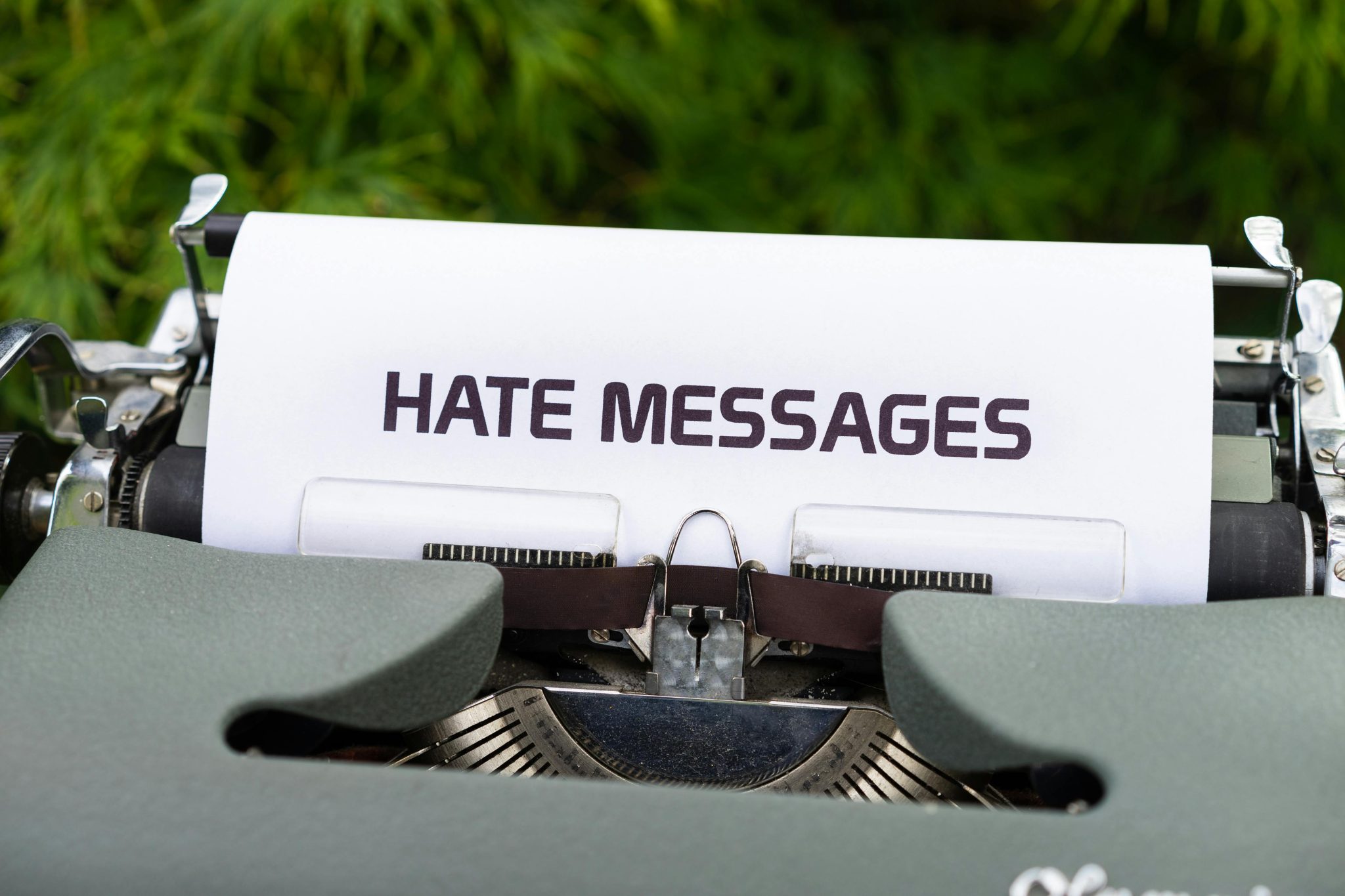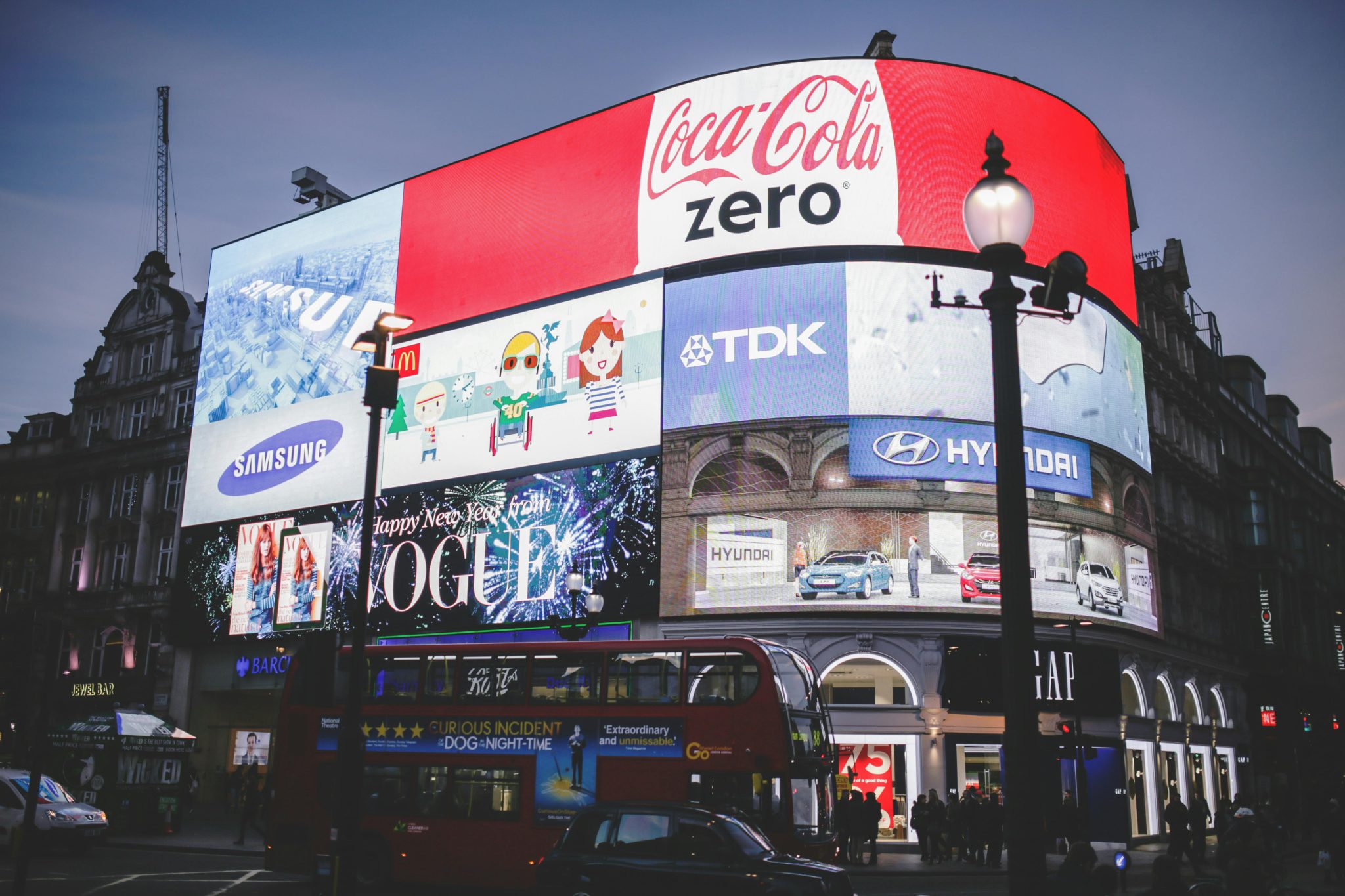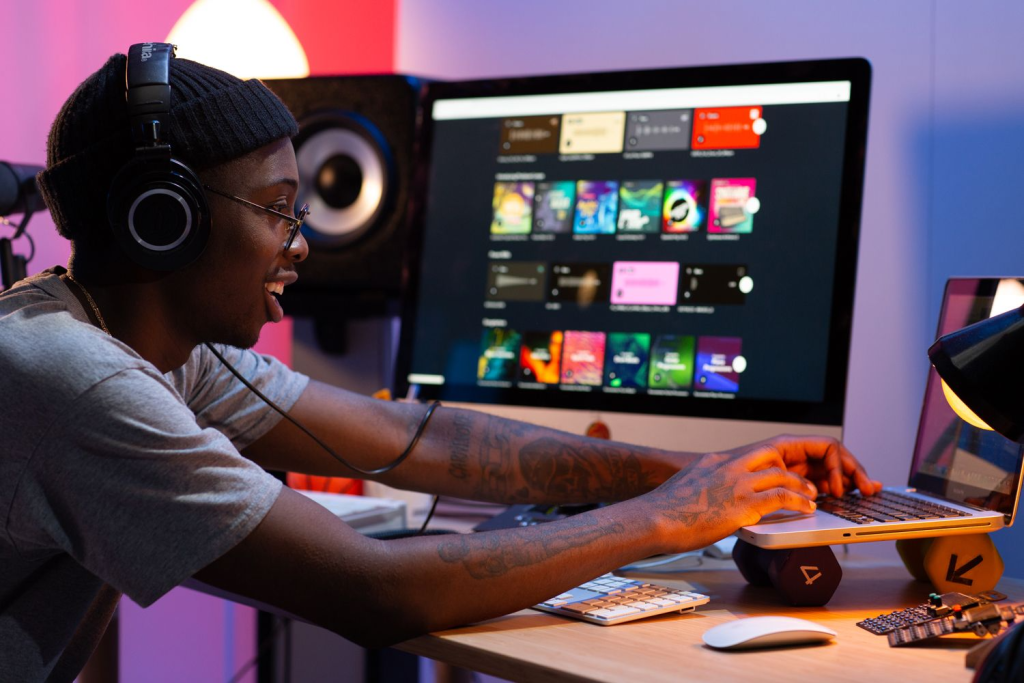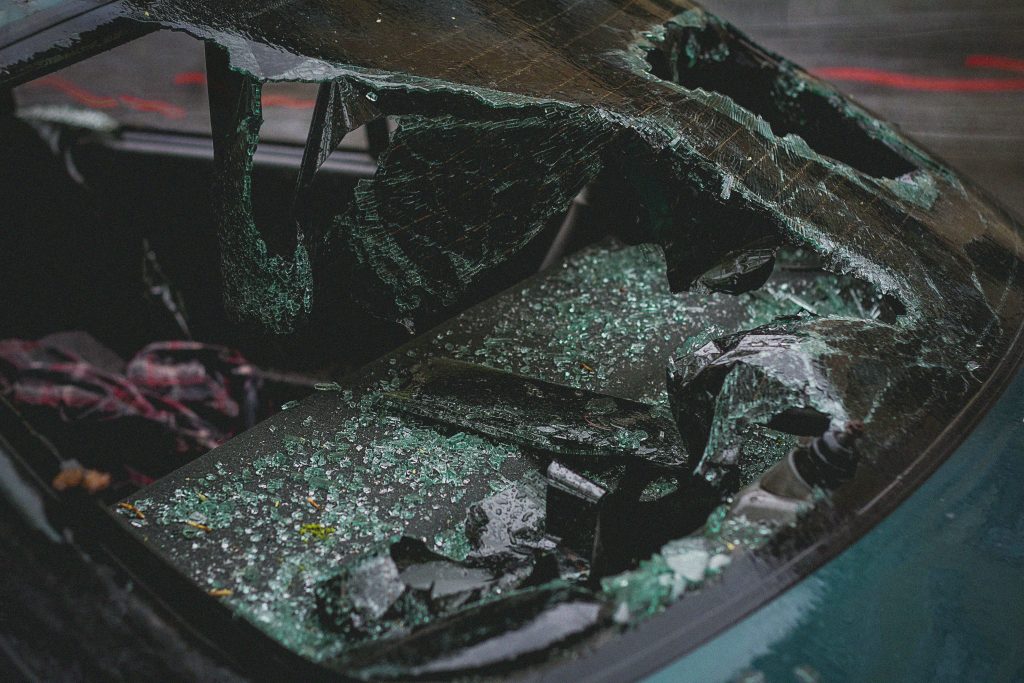YouTube is a platform that no marketer can ignore. A broad and active audience watches and interacts with the content, even in the most obscure niches. However, the extensive audience is also a significant concern. The main anxiety is the possibility of an advertisement being shown following offensive, controversial, or irrelevant content. This scenario illustrates the central issue of YouTube Brand Safety.
In the past, companies have taken a defensive approach to this matter by using the blocklist as their primary tool. Although blocklists are still used, they indicate that companies follow a reactive, frequently partial strategy. Blocklists tell the platform where not to place the ads, but nothing is done to ensure that the ads come up in good, relevant surroundings.
Genuine YouTube Brand Safety involves more than just cutting off the bad; it includes the active hunt for the good. The present manual goes beyond the fear-based approach and proposes a proactive, strategic framework through which one ensures that the brand is present only in trusted and profitable settings.
Understanding the Layers of Brand Safety and Suitability
First and foremost, it is essential to differentiate between safety and suitability. Though they are often regarded as synonyms, these two concepts are on different levels of protection.
- Brand safety is the bedrock. It means content that is universally unacceptable and thus could cause the biggest reputational risk. Such content includes hate speech, violence, extremism, and adult content. The objective here is to ward off total brand damage.
- Brand Contentability is the subtlest and most strategic layer: It ensures that the ads are placed in the content that matches the content’s values and is also in line with the campaign’s objectives. For instance, a company’s marketing team may want to avoid sexually explicit content, even if the latter is not obviously “unsafe,” since it is a kids’ toy brand. On the contrary, a financial services company may not partner with a particular talent channel if that specific brand involves light-hearted and silly humor to maintain a tone of authority.
A robust YouTube Brand Safety strategy must address both. Relying solely on YouTube’s automated tools and broad category exclusions often results in over-blocking (missing valuable audiences) and under-protection (still appearing in risky niches).
The High Cost of Getting It Wrong

The consequences of poor YouTube Brand Safety are tangible and severe.
- Reputational Damage: When a brand supports a content creator who spreads false information or hate, the public reaction can be rapid and bad. Consumers are making brands more and more responsible for their advertising decisions, and once the content is gone, it is challenging to get it back.
- Wasted Ad Spend: Every ad impression next to irrelevant or harmful content is entirely considered wasted money from your marketing budget. You are on the verge of losing your brand’s image due to the content not only giving no value but also causing the opposite of what your campaign was meant to achieve.
- Ineffective Marketing: In the case that the content has not been overtly harmful, your ad will still be ineffective if it is shown in an irrelevant context. A luxury car advertisement put in front of a low-quality, quickly edited video will not be able to communicate the intended premium message, no matter what the viewer’s demographic profile.
The Limitations of a Reactive Blocklist Strategy
The blocklist has been the go-to tool for years, but it has critical flaws:
- It’s an Unending Duty: Every minute, YouTube loads up more than 500 hours of video. Manually locating and banning every possible channel would be like a game of whack-a-mole; it is impossible to stay ahead.
- It’s a Lesson from History: Blocklists are by nature reactive. After the identification of an issue, the only action you can take is to put the channel on the list, which means your ads might have already been displayed there.
It Strangles Scale without Discrimination: Total blocking of entire categories (like “News & Politics”) can cause you to miss out on valuable, reputable sources of news, thereby severely restricting your campaign’s potential.
To shift the focus from defense to offense, marketers need to move from a “blocklist” approach to an “allowlist” or “curated placement” one. This means choosing ahead of time the exact channels, videos, and categories of content where you want your ads to show up.
At this point, contextual targeting turns out to be the mainstay of today’s YouTube Brand Safety.
Analyzing user data is the last step taken in advertising, while analyzing video content is the very first step in contextual targeting. By advertising only in those videos that are thematically relevant and have your required quality standards, you manage to accomplish two things at once:
- You Make Sure Of Brand Suitability: Your hiking boots ad gets into a nicely made history of national parks documentary, and not into a plot about a controversial political saga.
- You Lift Ad Performance: Content that is already present and interested in a related topic will definitely be more open to hearing your brand message, thus resulting in higher view-through rates and engagement.
This approach is both safer and more efficient by nature. It does not just make a guess about who the user is; Content honors the user’s choice of what he/she is actually watching.
Building a Fortified YouTube Brand Safety Framework

Implementing a proactive strategy requires a structured approach. Here is a practical framework to follow:
- Define Your Tiers of Acceptance: Work with legal, marketing, and leadership teams to create clear guidelines. Categorize content into tiers:
- Green Zone (Target): Perfectly aligned and desirable (e.g., industry-specific educational content, high-quality entertainment).
- Yellow Zone (Acceptable): Content that is neutral and poses no risk but isn’t a perfect thematic fit.
- Red Zone (Blocked): Strictly off-limits content based on safety and suitability guidelines.
- Leverage Technology and Human Expertise: Use a partner that combines sophisticated technology with human review. AI can scan video transcripts and metadata at scale, but human nuance is often required to understand tone, satire, and context, ensuring your brand doesn’t miss out on valuable inventory due to an algorithmic error.
- Implement at the Ad Group Level: When using curated placement lists, apply them directly at the ad group level within your YouTube campaign setup. This ensures the targeting is applied correctly and avoids conflicts with other settings.
- Choose the Right Campaign Objective: Proactive placement lists for brand safety often work best with Awareness or Reach campaign objectives, as these are designed for maximum visibility in brand-suitable environments.
- Audit and Iterate Continuously: YouTube Brand Safety is not a “set it and forget it” task. Regularly review placement reports to see where your ads are actually showing. Use these insights to refine your allowlists and blocklists, creating a continuously improving system.
The Path to Confident Advertising
To achieve absolute YouTube brand safety, a strategic change must be made. It is no longer the case that shifting from a fear-based, reactive model to a proactive, values-driven one is a luxury; it is an absolute necessity for today’s brands. The whole procedure of combating the negative content is nothing less than an endless and fruitless endeavor. On the other hand, the selection of positive content is not only strategic but also rewarding.
Such a proactive path, which is based on curated placements and contextual intelligence, is the only way to navigate the complexity of YouTube confidently. It changes the perception of brand safety from being a source of anxiety to being a strong competitive edge. It also guarantees not only that your precious ad budget is safe from being wasted but also that it is actively invested in the right places where your message will be more loudly heard, your audience more respected, and your brand more sustainably built in the long run.





















